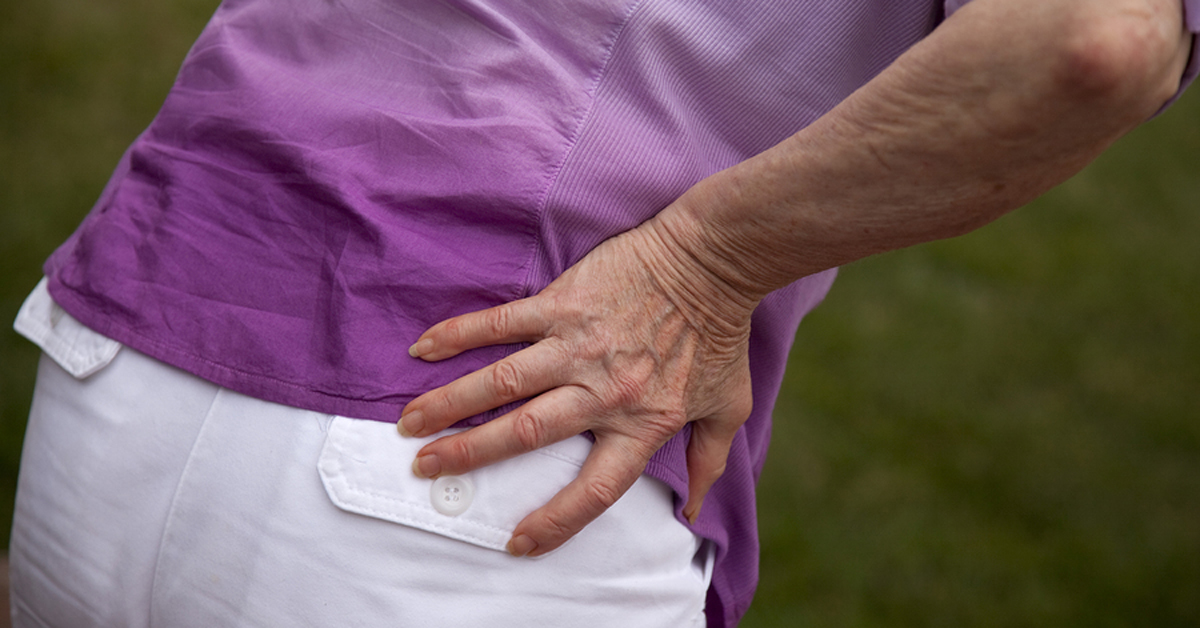Stryker Rejuvenate Lawsuit
(Hip System)
Problem summary
Modular hip replacement systems, like Stryker’s Rejuvenate and ABG II hips, were marketed by their manufacturers as “high performance” devices intended for younger patients who needed implants that lasted longer and provided improved stability and a greater range of motion. Unfortunately, many of these prosthetic hips were later found to be prone to premature failure and other debilitating complications, but only after they were implanted in thousands of patients. The main issue affecting the Stryker Rejuvenate system is the prosthetic hip’s metal-on-metal design, which the company claimed made the device more durable than its ceramic or polyethylene counterparts. However, research shows that all-metal hip replacement systems, like the Rejuvenate device, may be prone to excessive wear, premature failure and metallic particles being shed into the body during normal use, a problem that comes with its own set of complications. Lawsuits against Stryker allege that the company’s defective hip implants injured thousands of patients who believed a hip replacement would actually improve their quality of life.
About Stryker Rejuvenate Hips
Stryker’s Rejuvenate hip system features modular neck and stem components made from a metal alloy, which studies have shown may cause the device to wear out much sooner than other prosthetic hips. In 2011, a report by the National Joint Registry for England and Wales found a higher than normal early failure rate for all metal-on-metal hip replacement systems, many of which were approved via the FDA’s controversial 510(k) premarket approval program. This “fast-track” process allows medical device makers to bring their products to market without conducting clinical trials, so long as the new products are “substantially equivalent” to devices already on the market. The problem is, many of these “substantially equivalent” devices are later recalled due to an unacceptable risk profile.
The Rejuvenate hip replacement system was approved by the FDA in 2008, and it was only on the market for a few years before patients began reporting severe adverse events associated with the prosthetic hip, including unexpected, premature implant failure. In 2012, Stryker issued an Urgent Field Safety Notice warning healthcare providers about problems with its Rejuvenate and ABG II hip implants, after it was discovered that “fretting and/or corrosion” of the metal hip components could lead to “metallosis, necrosis, and/or pain” in patients implanted with the devices. Immediately following the safety notice, Stryker withdrew both the Rejuvenate and ABG II devices from the market in the United States, citing higher-than-expected implant failure and revision surgery rates.
In the wake of substantial evidence showing an increased risk of debilitating complications with metal-on-metal hip implants, the once-preferred hip replacement design has been largely abandoned, and thousands of all-metal hip implants have been replaced due to premature failure, an issue the New York Times called in 2011 “the most widespread medical implant failure in decades.” Metal-on-metal hips have been so strongly linked to problems requiring corrective surgery, including persistent pain, implant loosening, corrosion and metallosis, that the FDA announced in 2013 more stringent regulations requiring all manufacturers of metal-on-metal hip implants to prove that their products are safe and effective, or else remove them from the market.
Free Confidential Case Review
Stryker Rejuvenate Hip Injuries
- Metal blood poisoning
- Necrosis
- Persistent pain
- Need for revision surgery
- Muscle damage
- Tissue damage
- Implant failure
- Nerve damage
- Infection
- Device dislocation
- Implant loosening
- Swelling around the hip joint
- Pseudotumors
- Loss of bone strength
- Fracture of the hip bone
Call Now for a Free Stryker Rejuvenate Case Review
Stryker Rejuvenate Settlements & Litigation
Stryker has faced a number of lawsuits over problems with its Rejuvenate hip implant. More than 2,000 Rejuvenate and ABG II injury claims filed in federal courts across the country were consolidated in a multidistrict litigation (MDL) managed in Minnesota, while 2,600 cases filed in New Jersey state courts were centralized in state Superior Court as part of a multicounty litigation (MDL). After agreeing to an initial $1.4 billion settlement offer to settle Rejuvenate and ABG II lawsuits in 2014, Stryker announced a second litigation settlement program in 2016, to “compensate additional eligible U.S. patients who had surgery to replace their Rejuvenate Modular Neck Hip Stem and ABG II Modular Neck Hip Stem” devices.
In total, Stryker has paid more than $2 billion to resolve thousands of lawsuits filed over problems with its Rejuvenate and ABG II hip implants, and as of May 2018, more than 1,200 lawsuits were still pending as part of the MDL in Minnesota. According to allegations raised in the Stryker Rejuvenate lawsuits, the medical device maker designed and manufactured a defective device that caused patients severe pain and other complications requiring revision surgery, sometimes just a few years after the initial hip replacement surgery. A defective hip implant lawsuit can help victims and their loved ones recover damages for past and future medical bills, the cost of ongoing care, pain and suffering, lost wages due to missed time at work, a loss of future earning capacity, and more.
Free Case Review
Members of our legal team are available 24 hours a day, 7 days a week. If you or a loved one would like a free evaluation of your potential case, please give us a call or complete our no obligation case review form.

